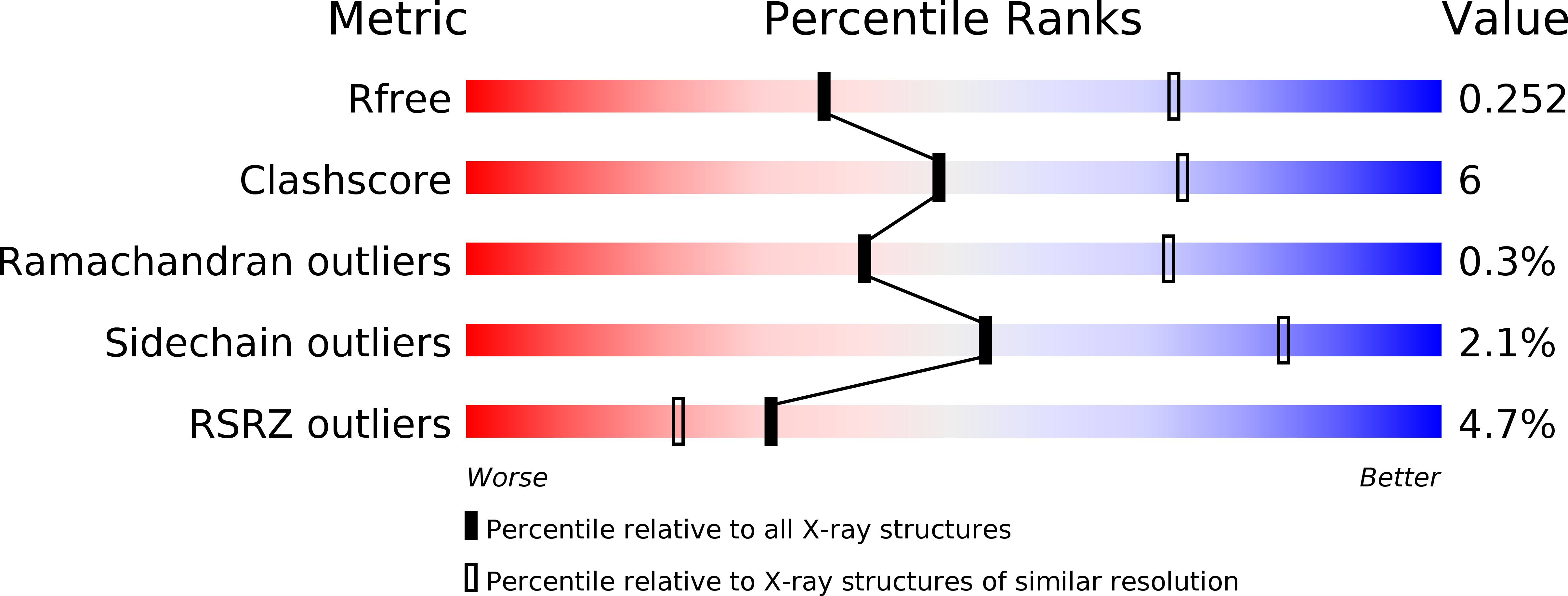
Deposition Date
2017-02-22
Release Date
2017-07-26
Last Version Date
2024-10-23
Entry Detail
PDB ID:
5UXB
Keywords:
Title:
Crystal structure of macrolide 2'-phosphotransferase MphH from Brachybacterium faecium, apoenzyme
Biological Source:
Source Organism:
Host Organism:
Method Details:
Experimental Method:
Resolution:
2.79 Å
R-Value Free:
0.25
R-Value Work:
0.21
R-Value Observed:
0.22
Space Group:
P 21 21 21


